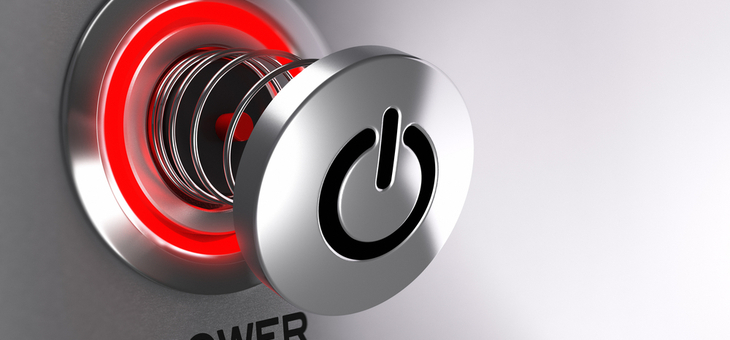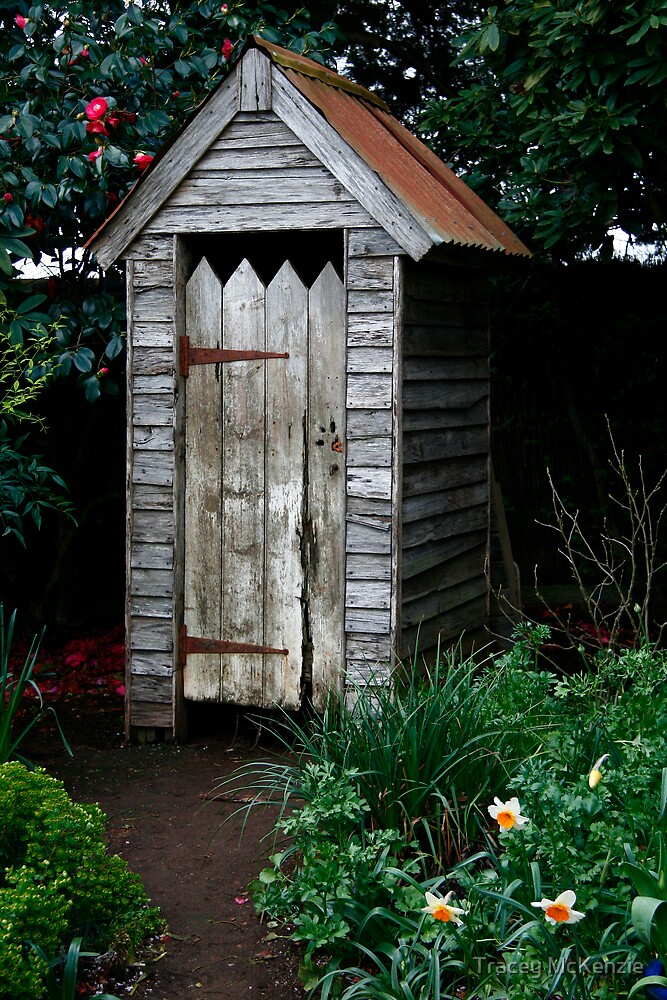How do you choose products that are built to last?

How much harder is it to buy products that are built to last these days?
It seems like more and more products are built to last for a certain time and then get thrown in the scrap heap rather than being repaired and this is supported by consumer group CHOICE, who are calling for change.
CHOICE is calling for reforms to make it easier for Australians to find high quality, long-lasting products and access repairs when something goes wrong.
“CHOICE supports the recommendations in the Productivity Commission’s Right to Repair Draft Report, but there is more that can be done,” says CHOICE Director of Campaigns Erin Turner.
As part of its latest response to the Productivity Commission’s Right to Repair Inquiry, CHOICE has released new research into the consumer experience of repairs, which still leaves much to be desired.
“Broken or faulty products are too common. CHOICE research shows that in the past 12 months, 23% of Australians have had issues where their products have stopped working, broken, or been damaged or worn before they reasonably should have,” says Ms Turner.
“Alarmingly, most people who experienced issues with a product faced problems in the first 12 months of ownership. To make matters worse, almost half of the Australians who had a problem didn’t get their product fixed because the repair cost was too high,” says Ms Turner.
CHOICE is calling for reforms to increase the availability of independent repair options, to require that companies tell people about their repair rights under the consumer law, and to make repair guides and spare parts more easily available.
CHOICE is also calling for new labels on products to let people clearly see:
- How long a manufacturer expects a product to last.
- The minimum period essential software updates will be provided by the manufacturer.
- How durable and repairable a product is in comparison to others.
“In the CHOICE testing labs, we regularly encounter products that are poorly designed or made in ways that mean they are likely to fail sooner than other models. For example, products can be constructed with cheaper parts, like plastic instead of metal. They can be assembled in ways that mean they are difficult or impossible to repair in future. Components may be glued together or have proprietary batteries that cannot be replaced,” says Ms Turner.
“It is hard to spot poor quality products when you’re in the store. These reforms would provide Australians with guidance and usable information about how long a product should last and how easy it will be to repair when something goes wrong,” says Ms Turner.
Do you support the labelling of products that tells consumers how long a product is likely to last? How do you choose products that are built to last?







Yes products should be labelled as to how long it should last
and by that date the product should be under warranty for refund, replacement or repair.
I choose my products where possible by avoiding goods made in China
as I find they are defective in very short period of time.